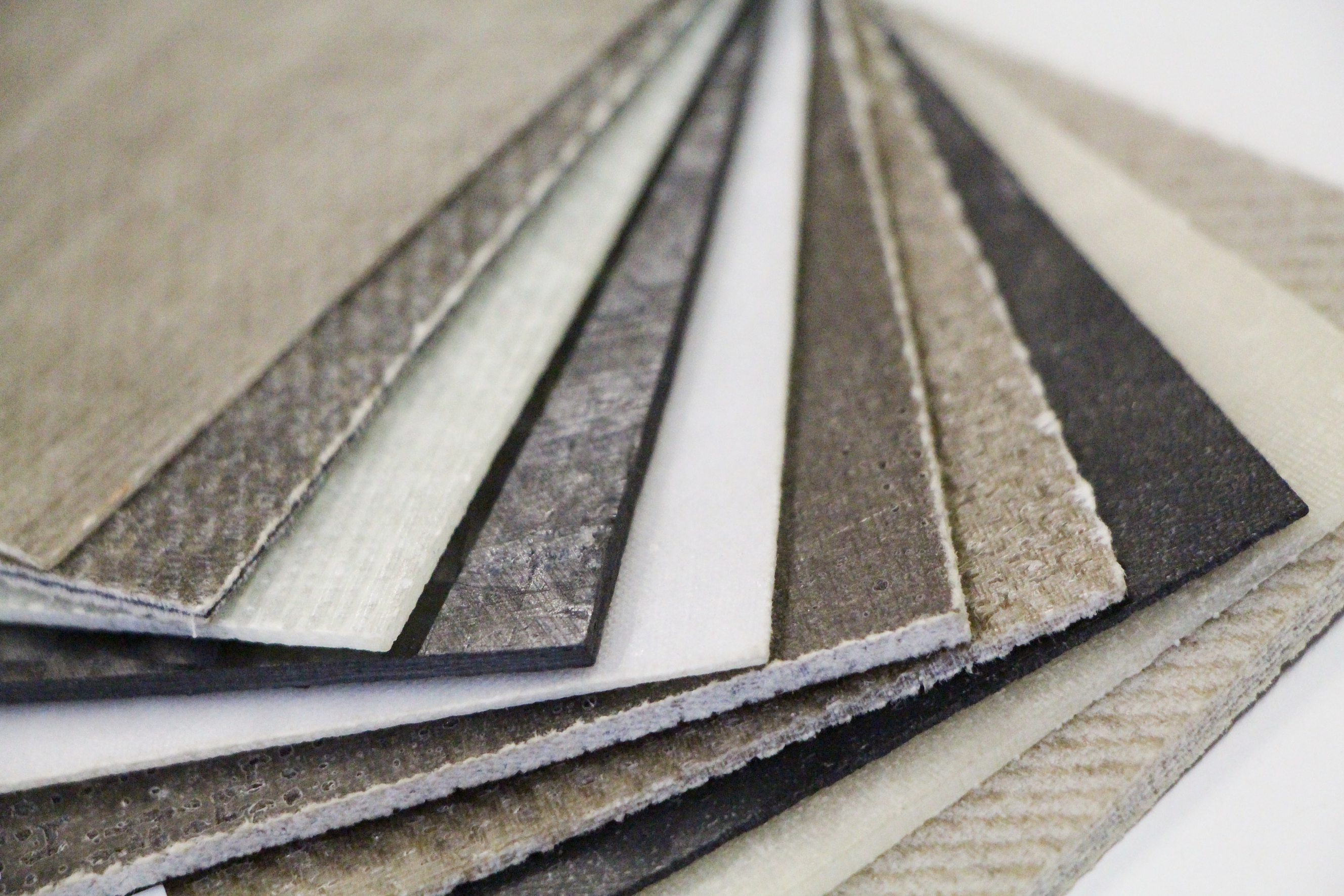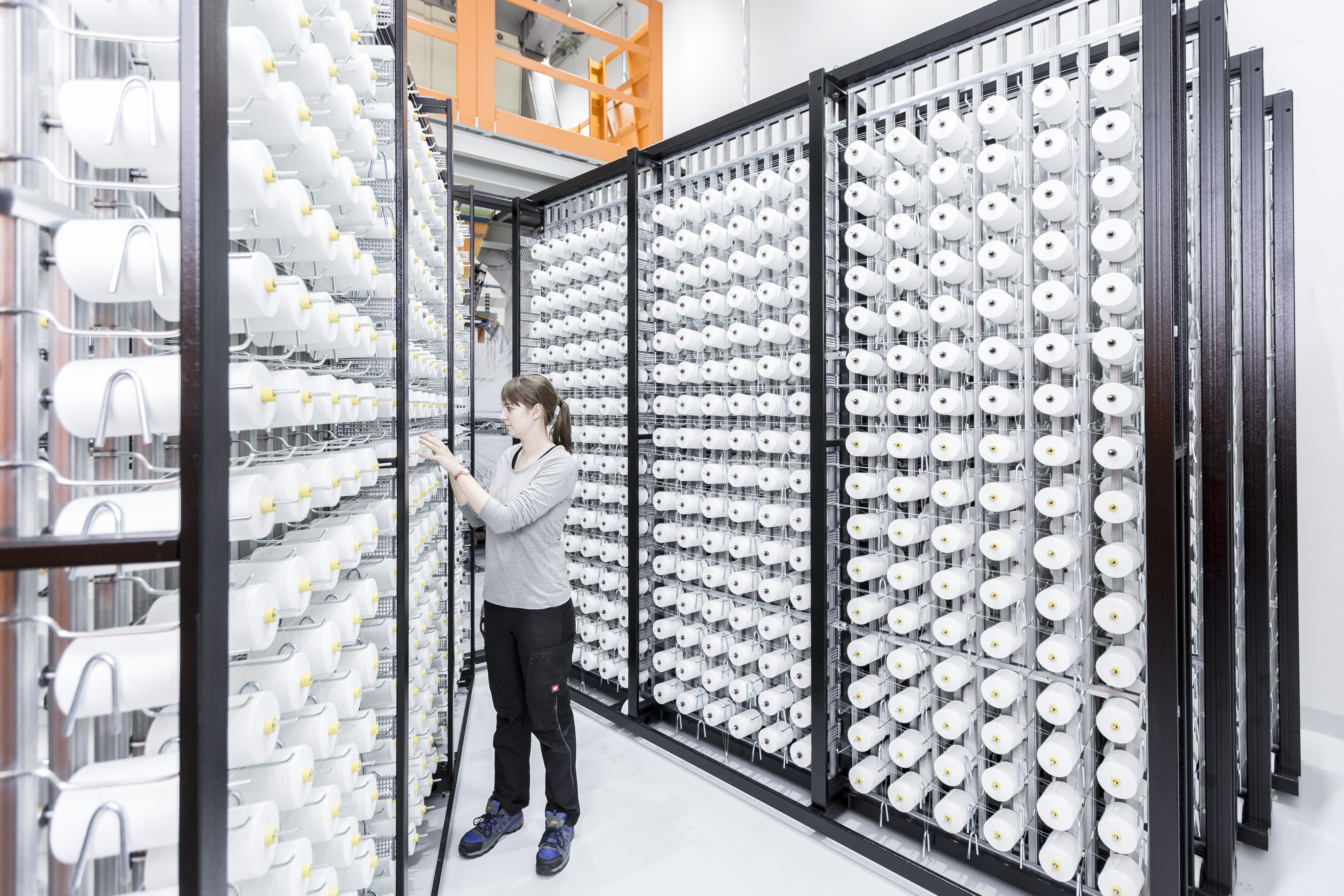Functionally-integrated, three-dimensional and variable production of bio-hybrid components with maximum organic content
In this project, we are developing new forms of bio-hybrid-fiber-reinforced composites (bio-HFC) with the highest possible proportion of bio-based components, i.e. reinforcing fibers and/or plastic matrices. The project planning as well as the feasibility study of innovative process chains for the manufacture of these composite materials in large-scale production also form a focus of this project.
Bio-HFC have already successfully proven their advantageous properties through their application in products for the sports and leisure industry, for example in bicycles or skis. These properties include a low density, flexible mechanical characteristics and a high availability of natural fibers. Furthermore, the production of composite materials for technical applications from renewable raw resources materials is supported by the ecological and economic aspects.
In order to exploit the vast application potential of bio-HFC, the scientists involved in the project ProBio are developing new and practical combinations of natural and high-performance fibers, for example in the form of organic sheets, and are examining these regarding their properties. In order to further optimize the durability of these products, they take differing approaches towards improving the interface quality by means of surface modification.
Furthermore, advanced technologies for the production of innovative bio-HFC in large-scale production are also being investigated. One example of this is the manufacture of bio-hybrid textiles, for which a double-rapier weaving machine enables the load path-appropriate application of (different) reinforcing and matrix fibers.
These hybrid textiles offer simplified handling and faster processing as well as considerable flexibility in the mechanical properties of the finished component. Moreover, the possibility exists of producing innovative bio-HFC-based components with short or longer fibers which are cut and selectively-attached by means of an automated fiber-spraying system. In addition to significant savings in material, this approach offers a load-oriented reinforcement, even in complex three-dimensional structures.
 Fraunhofer Project Center Wolfsburg
Fraunhofer Project Center Wolfsburg

